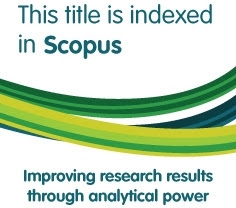Public Islam in Southeast Asia: Late Modernity, Resurgent Religion, and Muslim Politics
Abstract
The article focuses on the study of public Islam in Southeast Asia, the world’s most populous Islamic region. More specifically, it examines “late modernity” and its relation to the unprecedented growth of Islam, the Islamic resurgence, and Muslim politics in the public domains of modern Southeast Asia, particularly in Indonesia and the Philippines. It also examines the history of Islam’s resurgence, the underlying factors driving the region’s Islamic boom, and the implications of the aforementioned phenomena on democracy, civil co-existence, and social relations among ethno-religious groups in these areas. Using Southeast Asia as a case of public Islam, the article’s main purpose is to revisit the strength of classic modernization and secularization theories that forecasted the decline, or even the death, of religion from global politics and public spheres. Finally, the article also aims to provide insights on the local dynamics and plurality of public Islam in Southeast Asia.
Keywords
Full Text:
PDFDOI: https://doi.org/10.15408/sdi.v20i3.511
Refbacks
- There are currently no refbacks.

All publication by Studia Islamika are licensed under a Creative Commons Attribution-NonCommercial 4.0 International License.
Studia Islamika, ISSN: 0215-0492, e-ISSN: 2355-6145
View My Stats
